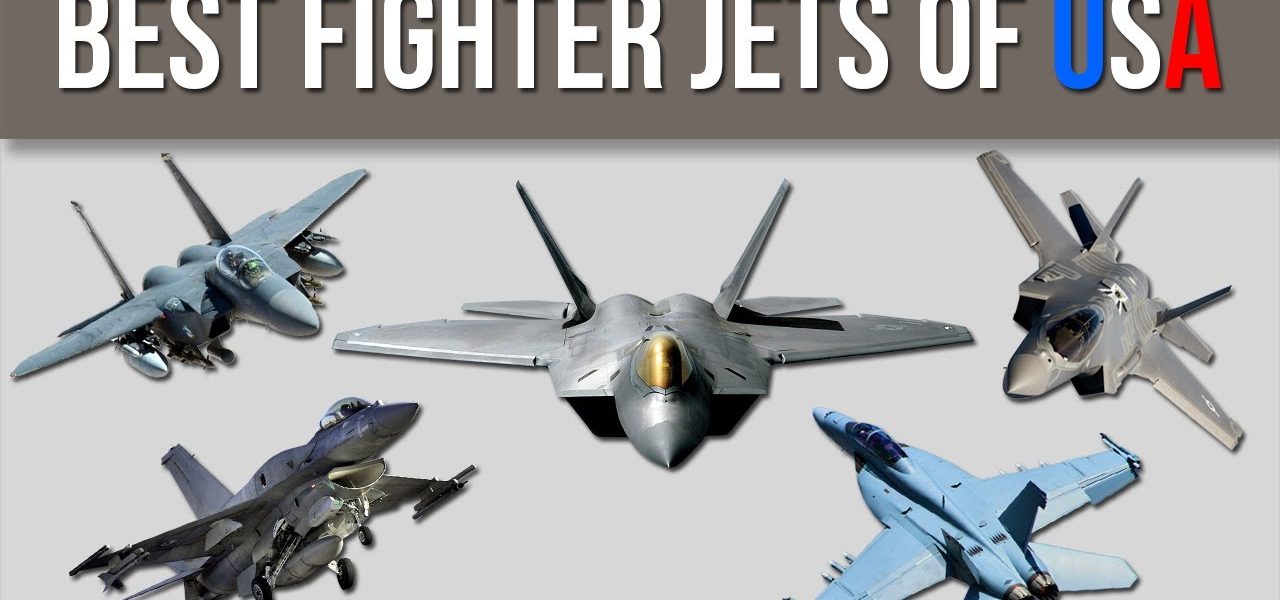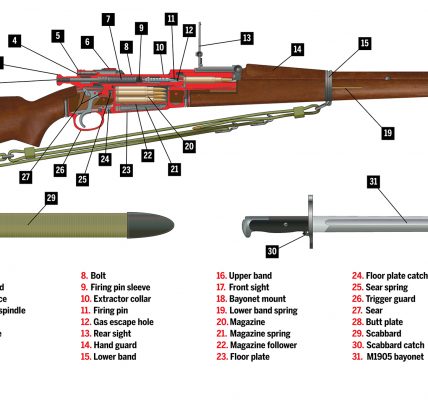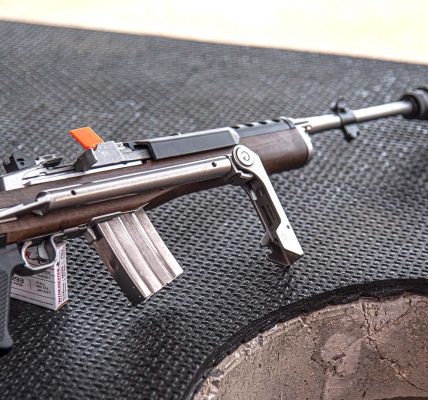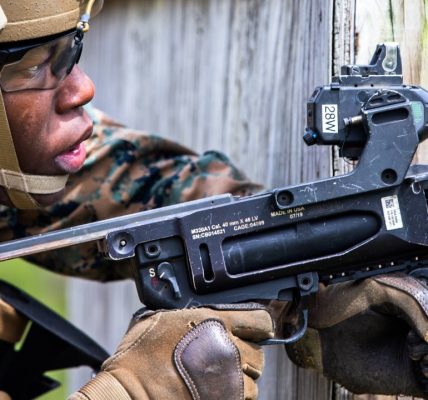Fighter Jets in the United States A Pillar of Air Power
Fighter jets, high-performance aircraft designed for air-to-air combat, have played a crucial role in the history and development of the United States military. Their speed, agility, and firepower have made them indispensable in a variety of combat scenarios.
Historical Context
The United States began developing fighter jets in the early 20th century, with the introduction of the Curtiss XP-40 in 1938. During World War II, fighter jets played a vital role in the Allied victory, particularly in the European Theater. The P-51 Mustang, in particular, became a symbol of American air power.
Types of Fighter Jets
There are several types of fighter jets used by the United States Air Force and Navy:
- Air Superiority Fighters: Designed to gain and maintain control of the airspace. Examples include the F-15 Eagle, F-16 Fighting Falcon, and F-22 Raptor.
- Multirole Fighters: Capable of performing a variety of missions, including air-to-air combat, air-to-ground strikes, and electronic warfare. Examples include the F-15E Strike Eagle and the F-35 Lightning II.
- Interceptors: Designed to intercept and destroy enemy aircraft. Examples include the F-4 Phantom II and the MiG-25.
Technological Advancements
Fighter jets have undergone significant technological advancements over the decades. The introduction of advanced radar systems, infrared search and track (IRST) systems, and helmet-mounted sights has improved their combat effectiveness. Additionally, improvements in engine technology, airframe design, and avionics have enhanced their speed, agility, and survivability.
Role in Modern Warfare
Fighter jets continue to play a vital role in modern warfare. They are used to gain and maintain air superiority, conduct air-to-ground strikes, and provide close air support for ground forces. Fighter jets are often equipped with a variety of weapons, including air-to-air missiles, air-to-ground missiles, and bombs.
Challenges and Future Trends
The use of fighter jets in modern warfare presents several challenges. The increasing sophistication of enemy air defenses and electronic warfare systems require fighter jets to be more stealthy, agile, and capable of operating in contested airspace. Additionally, the development of precision-guided munitions has changed the way fighter jets are used, emphasizing the need for advanced targeting systems and sensor technology.
The future of fighter jets in the United States Air Force is likely to involve further technological advancements, such as the development of unmanned combat air vehicles (UCAVs) and advanced stealth technology. As the nature of warfare continues to evolve, fighter jets will remain an essential component of the U.S. military’s air power.




